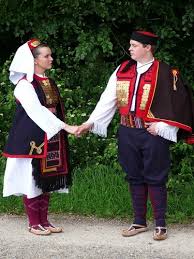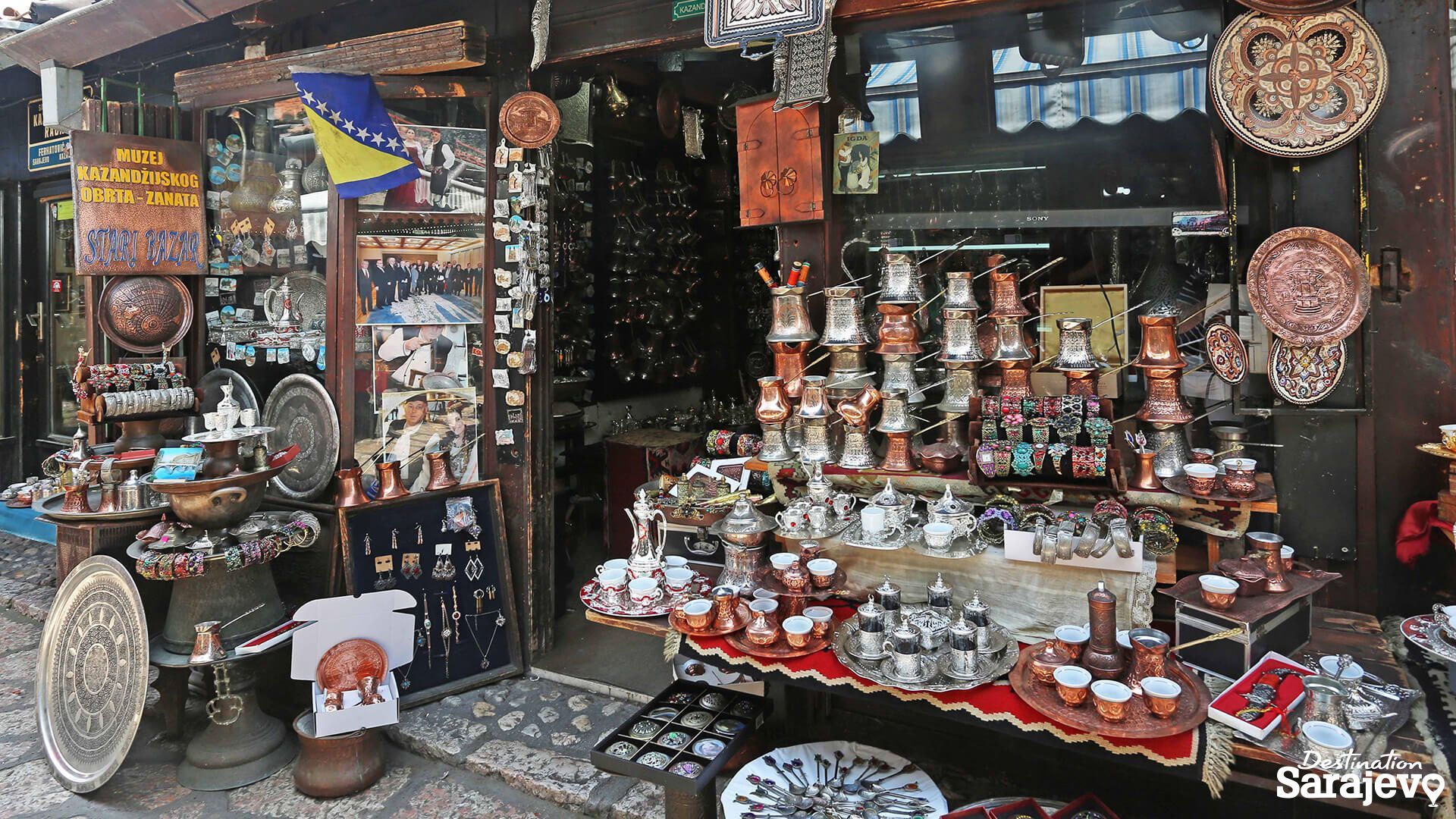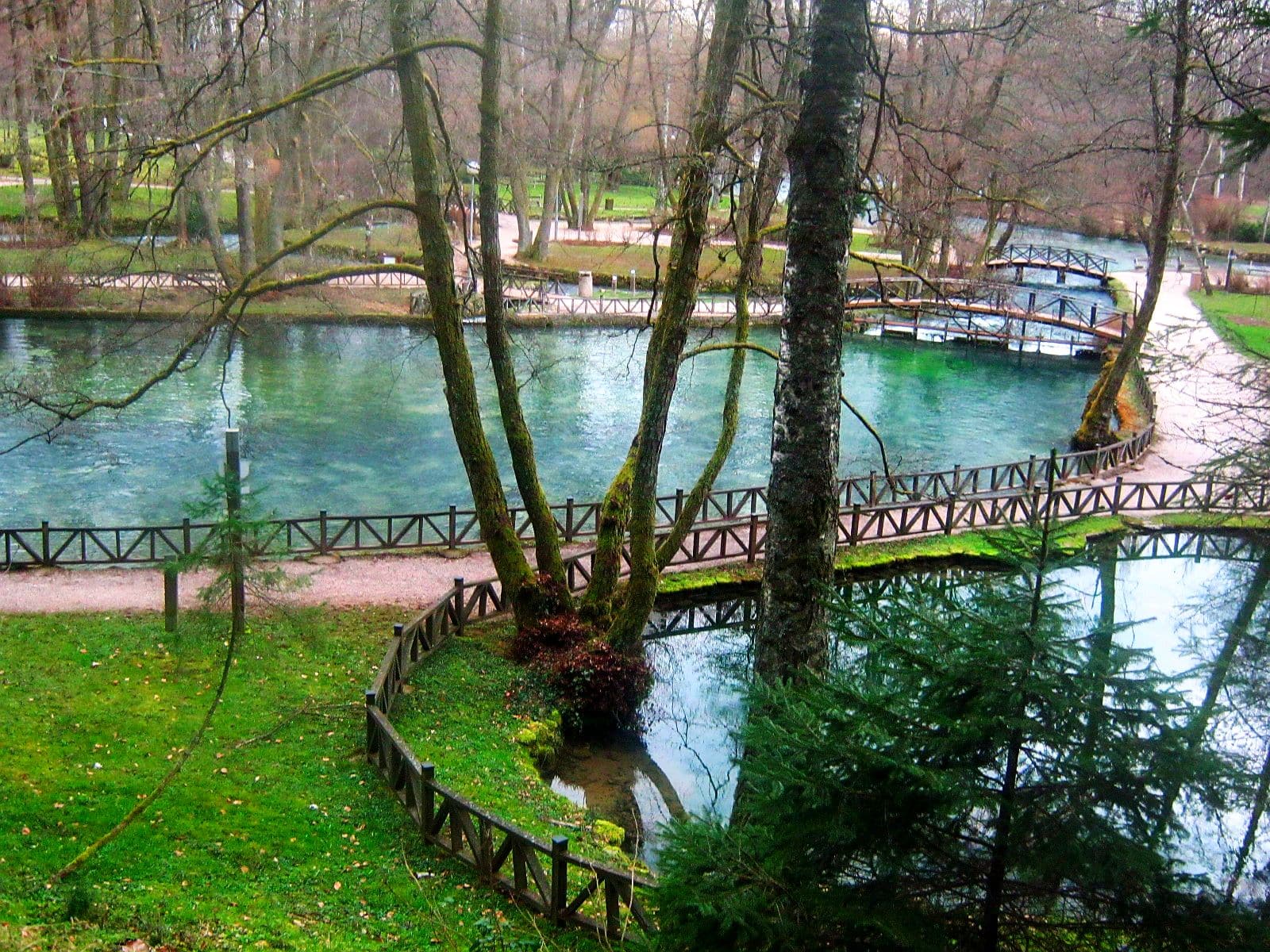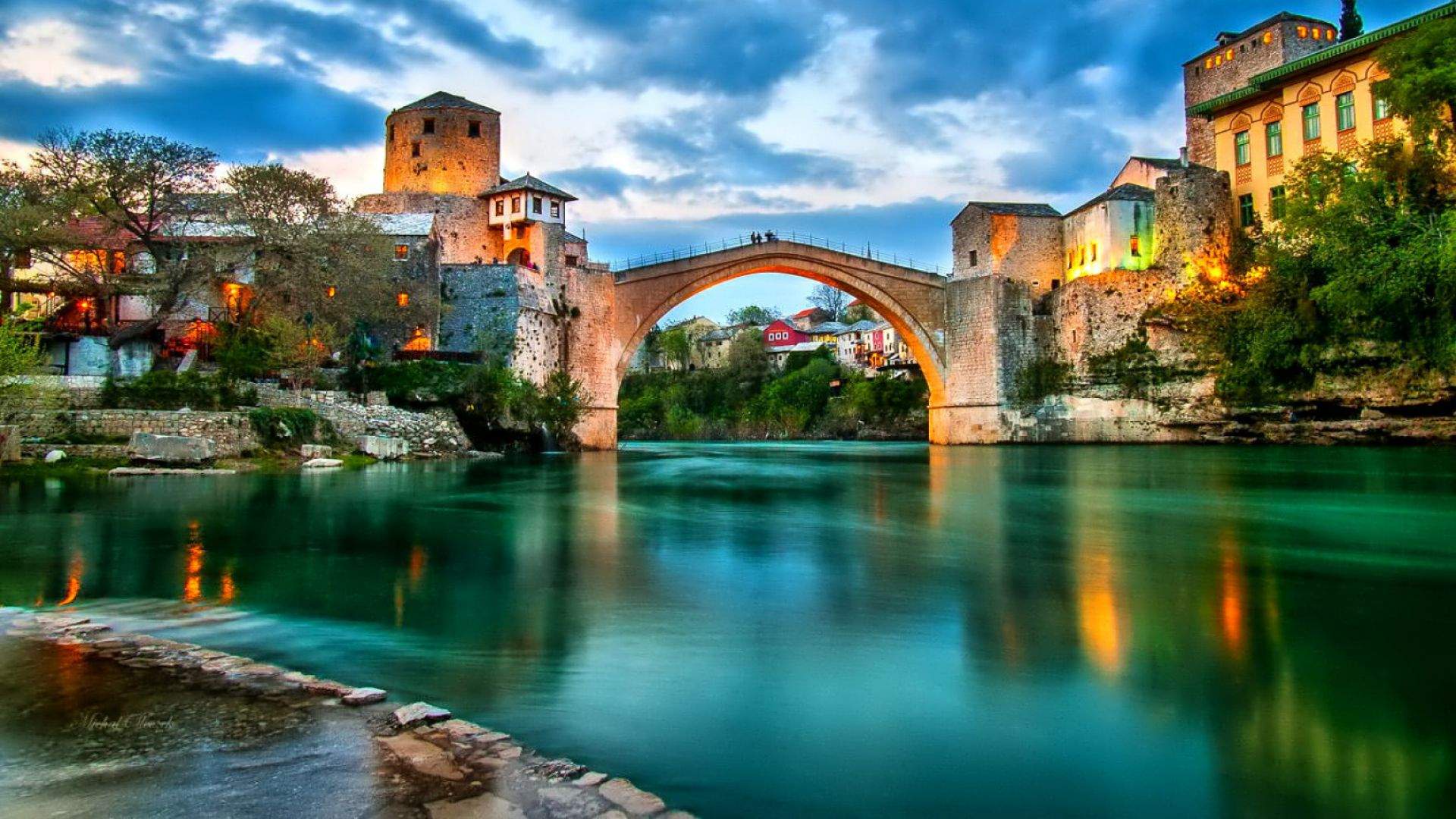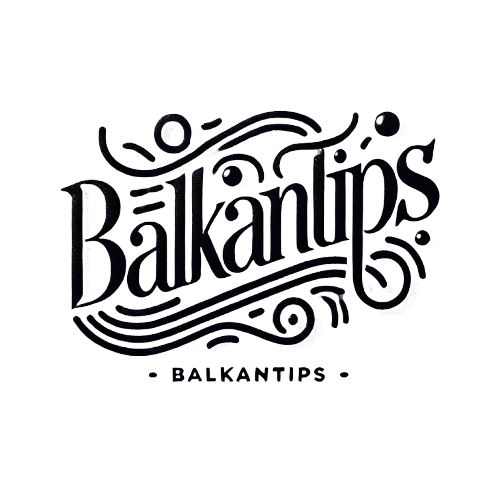

Explore the stunning Adriatic coast, rich culture, and unique history of Bosnia.
Bosnia's history is complex and has been shaped by its unique geographical position and diverse cultural influences. Here are key periods in Bosnia's historical development: Ancient Times: Bosnia's earliest known inhabitants were the Illyrians. Later, the region became part of the Roman Empire, leaving a legacy in sites like the ancient city of Daorson. Medieval Bosnia: The Banate of Bosnia was established in the early Middle Ages. Under the rule of Ban Kulin and later the Kotromanić dynasty, Bosnia enjoyed periods of prosperity and developed its own distinct identity. Ottoman Rule: In 1463, Bosnia was conquered by the Ottoman Empire. This period introduced Islam to the region and left a profound impact on Bosnian culture, including Ottoman architecture, art, and customs. Austro-Hungarian Rule: After the Ottomans, Bosnia was annexed by the Austro-Hungarian Empire in 1878. This period brought modernization and infrastructural development to Bosnia, especially in cities like Sarajevo. Kingdom of Yugoslavia: Following World War I, Bosnia became part of the Kingdom of Serbs, Croats, and Slovenes, which later became Yugoslavia. This era saw political tensions and ethnic struggles as Bosnia adjusted to its new national identity. Socialist Yugoslavia: After World War II, Bosnia was one of the six republics in Socialist Yugoslavia. It experienced significant economic growth and cultural development during this time, though ethnic tensions persisted. Independence and Bosnian War: In 1992, Bosnia declared independence from Yugoslavia, which led to the Bosnian War. The war ended in 1995 with the Dayton Agreement, which established Bosnia and Herzegovina as a sovereign state with a complex political structure. Modern Bosnia: Since the end of the war, Bosnia has worked towards political stability and integration with Europe. While challenges remain, Bosnia continues to preserve its diverse heritage and strive for economic growth.
Bosnian culture is a unique blend of Eastern, Ottoman, and Central European influences, reflecting the country's diverse heritage. Known for its warm hospitality, traditional crafts, and folk music, Bosnia's culture is rich in customs and traditions that have been passed down through generations.
Visual Arts: Bosnia has a deep artistic heritage, influenced by both Ottoman and Austro-Hungarian periods. Contemporary Bosnian art continues to flourish, with Sarajevo hosting various art festivals and galleries.
Architecture: Bosnia's architecture is a mix of Ottoman, Austro-Hungarian, and modern styles. Key landmarks include:
Bosnia has a vibrant calendar of festivals and celebrations, which reflect its multicultural identity.
Bosnian cuisine is known for its hearty and flavorful dishes, influenced by Ottoman and Balkan culinary traditions.
Bosnia's history dates back to prehistoric times, with evidence of human settlement from the Neolithic era. The Butmir culture, near present-day Sarajevo, is one of the most significant archaeological sites, showcasing unique artifacts and early settlements.
From the 1st century BC to the 5th century AD, Bosnia was part of the Roman Empire. Roman cities such as Salona (near present-day Solin) were established, and important Roman roads passed through the region, leaving a legacy of infrastructure and architectural remains.
During the Migration Period, Slavic tribes arrived in the Balkans, including the region of modern-day Bosnia. The Bosnian Slavs eventually formed their own principalities, and the distinct identity of Bosnia began to take shape.
By the 12th century, Bosnia emerged as a semi-independent entity under the Banate of Bosnia. In 1377, Tvrtko I was crowned as the first king, marking the establishment of the Kingdom of Bosnia. This period was marked by relative prosperity, cultural growth, and the development of the unique Bosnian Church.
In 1463, Bosnia fell under Ottoman rule, which would last for over four centuries. The Ottomans introduced Islam, which became a significant part of Bosnian culture. This era saw the construction of many mosques, bridges, and other Ottoman-style buildings, some of which remain today.
Following the decline of the Ottoman Empire, Bosnia came under Austro-Hungarian administration in 1878. This period saw modernization efforts, such as infrastructure development, railroads, and urbanization. Bosnia remained under Austro-Hungarian control until the end of World War I.
After World War I, Bosnia became part of the Kingdom of Serbs, Croats, and Slovenes, which later became Yugoslavia. Bosnia continued as a republic within Socialist Yugoslavia after World War II, experiencing industrial growth and a unique multicultural society.
In 1992, Bosnia declared independence from Yugoslavia, leading to the Bosnian War, a devastating conflict that lasted until 1995. The war involved complex ethnic tensions, and the siege of Sarajevo became one of the longest in modern history. The Dayton Agreement in 1995 ended the conflict and established Bosnia and Herzegovina as an independent state with a complex political structure.
Since the end of the war, Bosnia and Herzegovina has focused on rebuilding its economy and infrastructure. The country remains a multicultural state with a unique political system. Bosnia aspires to join the European Union and NATO, though challenges remain in terms of economic development and political reform.
Early Origins of the Bosnian Language
Proto-Slavic Roots: The origins of the Bosnian language, like other South Slavic languages, can be traced back to Proto-Slavic, spoken by early Slavic tribes who migrated to the Balkans in the 6th and 7th centuries AD. Over time, regional dialects developed within the South Slavic languages, giving rise to distinct linguistic identities.
Arrival of the Slavs: The Bosnians, part of the South Slavic group, settled in the region of present-day Bosnia and Herzegovina in the early Middle Ages. They spoke a variant of Old Slavic, which would eventually evolve into the Bosnian language we know today.
Old Church Slavonic Influence: In the 9th century, Old Church Slavonic, codified by Saints Cyril and Methodius, was introduced to the region, primarily for religious texts. This language, along with the Glagolitic and Cyrillic scripts, influenced early Bosnian writing and religious literature, especially in ecclesiastical contexts.
Medieval Dialects: During the medieval period, the Bosnian language developed unique characteristics. Bosnian Cyrillic, also known as Bosančica, was widely used for administrative and legal documents. The language displayed distinctive phonetic, lexical, and grammatical features, differentiating it from neighboring languages.
Bosnian Cyrillic Script: Bosančica, a variant of Cyrillic script, became prominent in medieval Bosnia and was widely used in official documents and literature. This script was unique to Bosnia and contributed to the formation of a distinct Bosnian literary tradition.
Influence of Turkish and Arabic: During the Ottoman period (1463-1878), Turkish and Arabic had a significant impact on the Bosnian language, especially in vocabulary related to administration, law, and daily life. The use of Arabic script for writing Bosnian, known as Arebica, also emerged during this time.
Arebica: This variant of the Arabic script was adapted for Bosnian and used by Bosniaks, particularly for religious and literary texts. Although less common today, Arebica played a crucial role in Bosnian cultural history.
Bosnian Linguistic Revival: In the 19th century, as part of a broader South Slavic national awakening, there was a renewed interest in developing and standardizing the Bosnian language. Efforts were made to establish Bosnian as a distinct language with its own identity, drawing on historical scripts and dialects.
Influence of the Illyrian Movement: While the Illyrian Movement primarily affected Croatia, it also inspired Bosnian intellectuals to recognize and preserve Bosnian linguistic heritage.
Standardization: Following Bosnia's independence in the 1990s, efforts intensified to standardize Bosnian, with the Shtokavian dialect as its basis. Modern Bosnian is officially written in the Latin script, though Cyrillic is also recognized.
Modern Influences: The Bosnian language has absorbed words from Turkish, Arabic, German, Italian, and English, reflecting the country’s complex history and cultural diversity.
Phonology: Bosnian has a diverse phonemic inventory, with five vowels and various consonants influenced by Arabic and Turkish loanwords.
Grammar: Bosnian, like other South Slavic languages, is highly inflected, with nouns, pronouns, and adjectives that change form based on case, number, and gender. Bosnian has seven grammatical cases, adding complexity to its structure.
Vocabulary: Bosnian vocabulary is primarily of Slavic origin, but Turkish, Arabic, and more recently English influences are evident, particularly in modern-day vocabulary related to technology and international relations.

